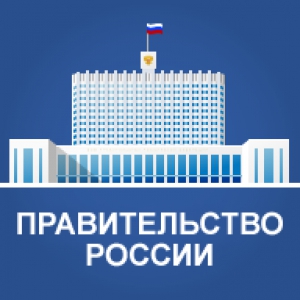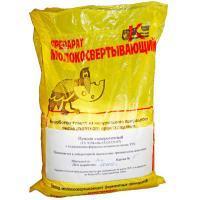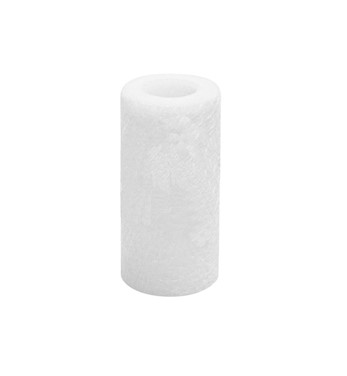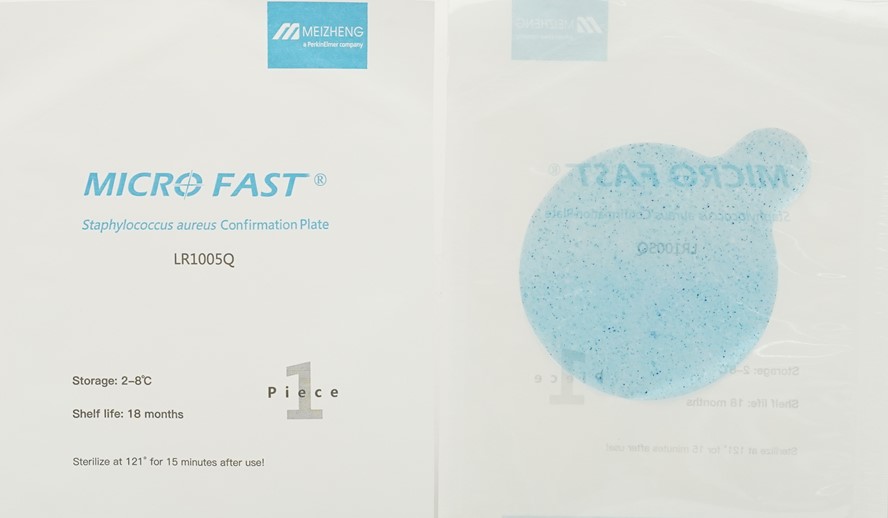Rosstandart made a refusal to indicate the expiration date on the label
On product labels, information about the place of production of the goods, as well as indications of where exactly on the product its expiration date and date of manufacture are indicated (we are talking about the inscription, for example, “date of manufacture, best before: indicated on the package”). This follows from the position of Rosstandart in response to a request from RBC following the instructions of Deputy Prime Minister Victoria Abramchenko to consider a request from businesses to reduce the size of product labels.
In July of this year, the Deputy Prime Minister instructed the departments to study the possibility of clarifying Russia's national standards in the field of labeling - they determine the minimum and maximum area occupied by information about the product on the package. Food manufacturers were asked to analyze the relevance for buyers of the information that is required to be applied to the packaging of goods: due to the Western sanctions imposed after the start of the military special operation in Ukraine, they faced a shortage of packaging and ink. The order was given to Rosstandart and a number of other departments, they had to report their position to the government by July 22. Abramchenko's representative clarified that the order is still being worked out and no consolidated proposals have been received by the vice-premier's office.
Rosstandart stated that a possible reduction in the information provided for application on food packaging may include, in particular, “data on the addresses of food production, an indication of the place of application of the date of manufacture and expiration date, signs and pictograms.”
Business asked to reduce label size to save paper and ink Business
But at the same time, Rosstandart emphasized that it is advisable to consider clarifications of labeling standards within the framework of changes to the technical regulations of the Customs Union, common to the countries of the Eurasian Economic Union (EAEU, which, in addition to RUSSIA, includes Armenia, Belarus, Kazakhstan and Kyrgyzstan). Requirements for the size of labels are established not by the national standards in force in Russia, but by the technical regulation "Food products in terms of their labeling" and technical regulations for certain types of food products. It is in them that it is fixed what information should be indicated on the package - the size of the label ultimately depends on its quantity and font size.
The press service of the EAEU regulatory body, the Eurasian Economic Commission, told RBC that they have not yet received any proposals to change the technical regulations regarding product labels.
After the publication of the text, Deputy Prime Minister Abramchenko's office clarified that the government was not discussing the rejection of key consumer information on goods - expiration date and composition. The request of business to clarify national standards in terms of determining the labeling area “should not contradict the consumer’s rights to reliable and complete information about the product”, and information about consumer properties, product composition, production date and expiration date is one of the most relevant for the consumer, emphasized in Abramchenko apparatus.
Rosstandart added that manufacturers will be able to reduce the size of the label by transferring some of the product information to QR codes. In 2023, it is planned to revise the current GOST in Russia with recommendations for labeling food products in order to bring its requirements in line with the technical regulations of the Customs Union. As clarified in the agency, we are talking about the inclusion of provisions in GOST, which say that the size of the label is determined by the manufacturer of food products, taking into account the requirements of technical regulations and the possibility of transferring part of the text information from the marking to the QR code.
Read on RBC Pro Pro Both mentor and dictator:how to effectively combine different leadership stylesPro The 3 Bad Business Habits and How to Beat Them Pro x The Economist How a Brazilian Company Overtook PepsiCo and Disappointed Investors ArticlesPro How the antelope method can help you deal with stress in five minutes Pro Articles HowAdd More Vegetables to Your Diet: 5 Tips & 3 Recipes Pro Instructions The realm of tax crime is changing.Why they are good for business Articles Pro What is the difference between shame and guilt - we deal with a psychologist VideoWhat is the difference between shame and guilt - we deal with a psychologist VideoWhat is the difference between shame and guilt - we deal with a psychologist VideoAn experiment to create a “domestic Tetra Pak” has begun in Russia Business
Will the label change affect customers?
In a situation of reducing information on labels, the main thing is that the consumer receives reliable information about what he is buying, Elena Saratseva, deputy HEAD of Roskachestvo, emphasizes. In particular, we are talking about the weight of the product, its composition, potential allergens and where the buyer can make a claim in case of quality problems.
The requirements for product labeling, established by the current technical regulations, allow reducing the amount of information on the label and take into account, among other things, the law on consumer protection, Saratseva points out. The document, for example, allows instead of the name of individual food ingredients that occupy less than 2% of the mass fraction of the product, to indicate the letter codes of these food additives. Information about the addresses of food production, indication of the place of application of the date of manufacture and expiration date, signs and pictograms is not mandatory and is applied at the request of the product manufacturer, the expert adds. At the same time, she adds that a significant part of the labeling is often occupied by “inscriptions of a purely advertising nature or signs and logos that speak about the environmental friendliness of products that are not confirmed by anything.”
Abramchenko — RBC: “There was no anger during the pandemic, but now there is anger” Business
If information about the place of manufacture disappears from the product label, this will be a violation of the current consumer protection law, Dmitry Yanin, chairman of the board of the International Confederation of Consumer Societies, believes. An indication of the location of the date of manufacture of the product and expiration dates on the label, according to the expert, does not play a big role for consumers. Yanin believes that manufacturers, under the pretext of difficulties, are trying to cut "their not the most serious cost items - such as labels" in order to "block innovation in terms of informing consumers", remove some of the information that is already there from the product and prevent the emergence of new ones. To save ink, businesses need to optimize label design and color ink usage, as some manufacturers have already done.



























































